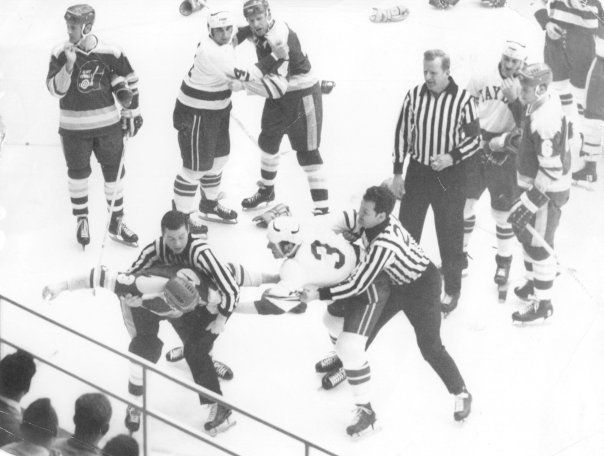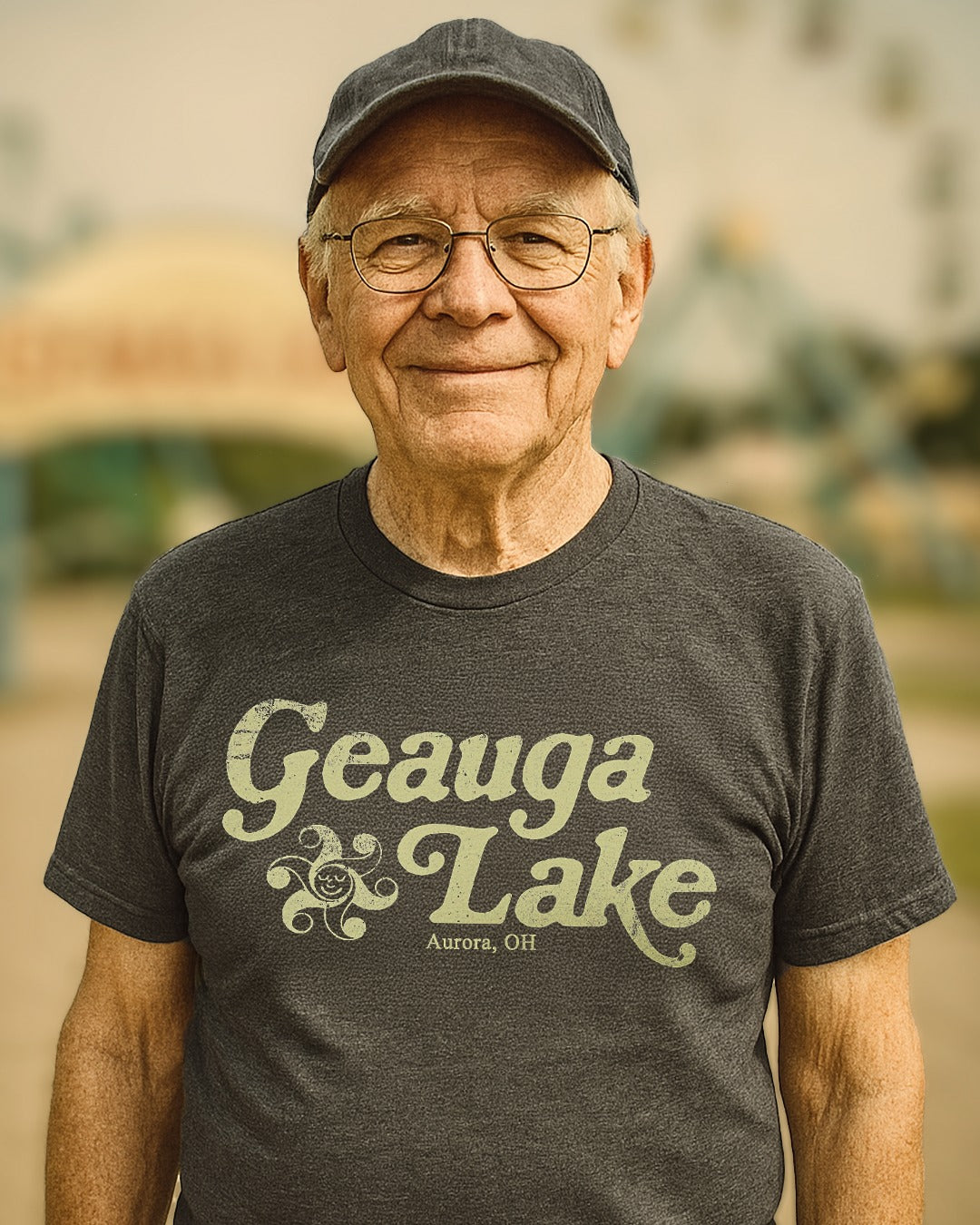Minor league hockey in big league cities? It didn’t start that way for the International Hockey League (IHL), but that’s how it ended. And not well.
The IHL was established in 1945 with four teams: The Detroit Auto Club, Detroit Bright’s Goodyears, Windsor Gotfredsons, and Windsor Spitfires. At first, it was a semi-pro league. The American Hockey League (AHL) was (and still is) the second tier of the sport in North America.
The AHL was formed in 1936 with the merger of the Can-Am League (founded in 1926) and the first International Hockey League (founded in 1929). Its eight teams were based primarily in the Northeast, save for the Cleveland Barons. Out west, top-level minor league hockey was the province of the Western Hockey League from 1954 to 1972.
A league grows in the Midwest
Meanwhile, in the Midwest, the IHL increased its footprint in 1947 with the addition of the Toledo Mercurys. In 1948, the Akron Americans, Louisville Blades, Milwaukee Clarks, and Muncie Flyers joined. The league boasted 11 teams in two divisions. However, they were back down to five for the start of the 1949-50 season. That’s where the number of teams hovered for several years.
The most significant addition to the IHL, though, was the Cincinnati Mohawks, who transferred in from the AHL after three seasons in that league. While fairly competitive in the AHL, the Mohawks dominated the IHL, as they won five Turner Cup championships in a row. The IHL never saw another club match the Mohawks’ feat during its entire 56-year existence. The Mohawks, though, folded in 1958.
Storied teams
The same year Cincinnati joined, Ft. Wayne welcomed the Komets. They played in Northeast Indiana until 1990, when they moved to Albany, New York. A new Komets team arrived a year later. They were the former Flint Spirits of the United Hockey League. Those Komets exist today as a member of the East Coast Hockey League (ECHL).
Throughout the 1950s and 1960s, and into the 1970s, the IHL had five and nine teams, all based in the Midwest. Most had affiliations with National Hockey League (NHL) teams, as did the AHL, which competed at the same level.
The 70s and 80s
For the 1974-75 season, eleven teams competed. In addition to the Komets, there were the Muskegon Mohawks (no relation to Cincinnati and later renamed Lumberjacks), Flint Generals, Kalamazoo Wings, Saginaw Gears, Port Huron Flags, Lansing Lancers, Dayton Gems, Columbus Owls, Toledo Goaldiggers, and Des Moines Capitols.
League membership fluctuated as teams came and went. In 1977, the Milwaukee Admirals joined. In the 1980s, through expansion or relocation, the IHL started moving into bigger cities as Indianapolis and Salt Lake City joined. Later, IHL teams could be found, at various times, in Atlanta, Cincinnati, Cleveland, Denver, Houston, Kansas City, Las Vegas, Orlando, Phoenix, San Antonio, San Diego, and San Francisco. Many of those cities had teams in the defunct major league World Hockey Association (WHA), or had lost NHL teams, or both.
More money. more problems
The IHL even established teams where the NHL was present as Detroit, Chicago, and Los Angeles suburb Long Beach joined. Many smaller cities that had been a staple of the IHL lost their teams to bigger cities or were forced to move down to lower-level leagues.
A labor dispute in the NHL in 1994, which shortened the season from 84 games to 48, fueled speculation that the IHL was planning to become a major league. The NHL got its labor situation sorted. To quash the IHL’s ambitions, it pulled affiliations from several of the league’s clubs and transferred them to the AHL. That placed a financial strain on many IHL clubs, as NHL parent clubs subsidized salaries. By 1998, only four of the IHL’s 18 clubs had an NHL affiliation.
The pressure became insurmountable, and the league, down to 11 teams, succumbed following the 2000-01 season. Many former IHL teams live on, though. Six of the 11, the Chicago Wolves, Grand Rapids Griffins, Houston Aeros, Utah Grizzlies, Milwaukee Admirals, and Manitoba Moose, were taken in by the AHL.
The legacy
The Cleveland Lumberjacks, Kansas City Blades, Detroit Vipers, and the final league champion, the Orlando Solar Bears folded. However, a new team of the same name joined the ECHL in 2012. They're still going. Similarly, the Cincinnati Cyclones, who started in the ECHL in 1990, reemerged in that league in 2001 after spending three seasons as the Louisville RiverFrogs and one as the Miami Matadors.
The Utah Grizzlies are now the Cleveland Monsters. Houston moved to Iowa and is now the Wild. The Manitoba Moose, after a few seasons in St. John’s, NF as the IceCaps, returned to Winnipeg in 2015. They are one of eight markets that have an NHL and AHL team. The others are Toronto, Calgary, Chicago, Denver (suburban Loveland), Los Angeles (Ontario, CA), Las Vegas (suburban Henderson), and San Jose.
In 2007, the United Hockey League, established in 1990 as the Colonial Hockey League, rebranded itself as the International Hockey League. It folded in 2010. Today, the AHL is the sole second-tier minor hockey league in North America, with the very successful ECHL representing the third tier. Both leagues represent many cities that were formerly in the IHL, with many using the names of the defunct league’s clubs.



